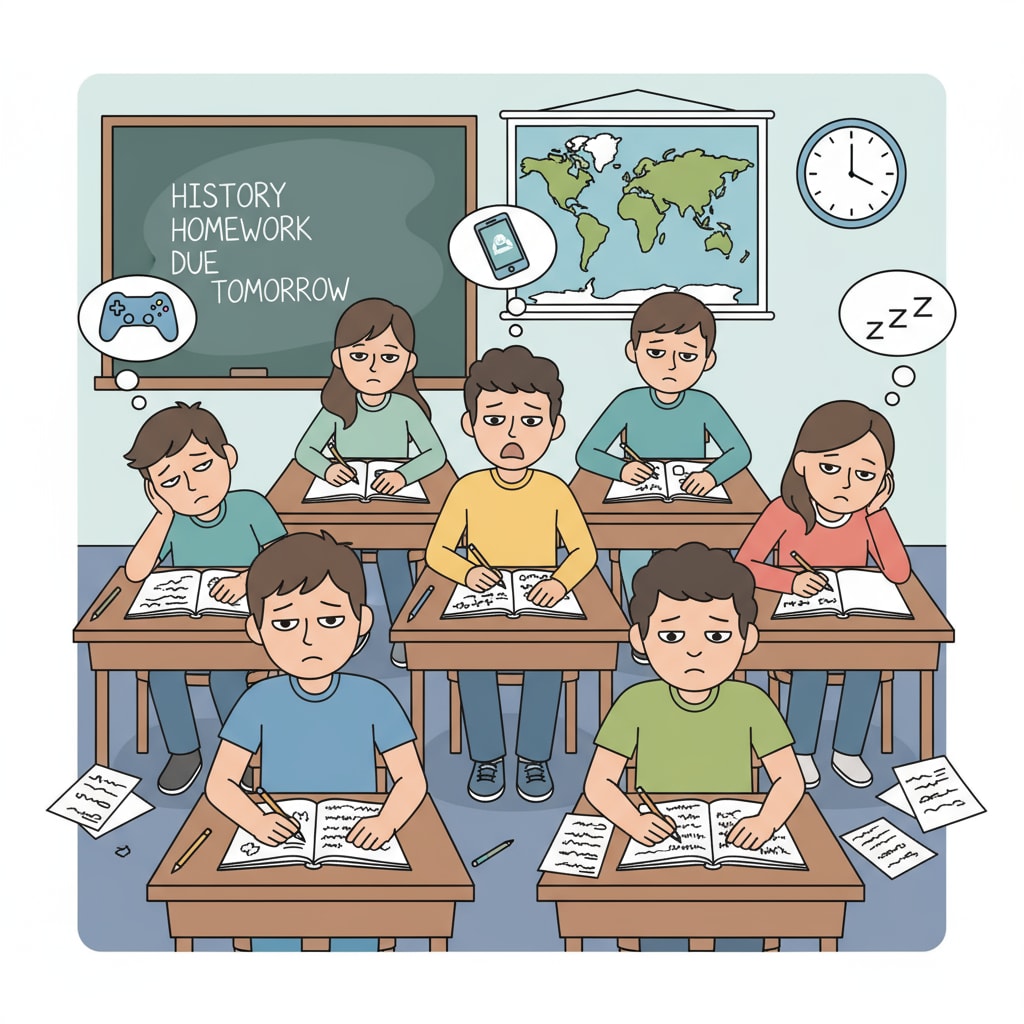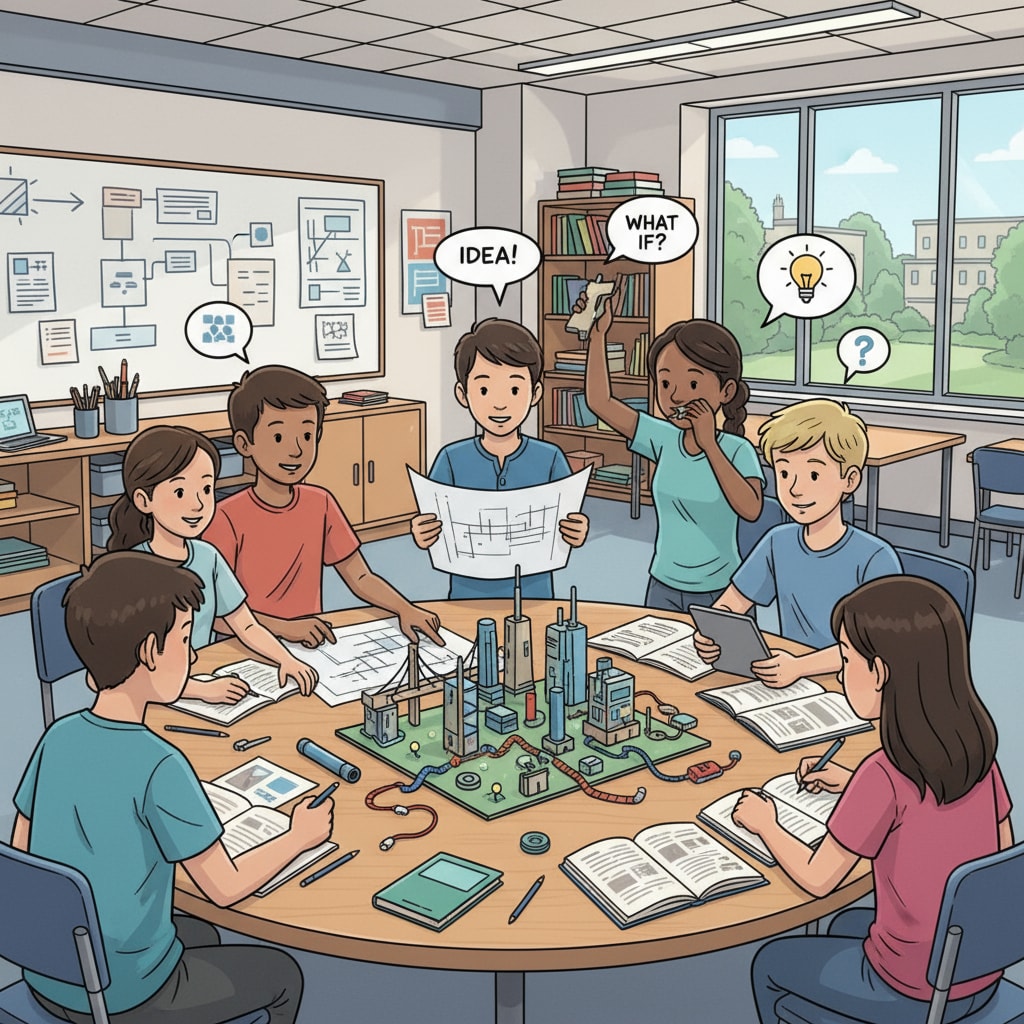Homework alternatives, project – based learning, and flipped classroom are revolutionizing K12 education. Traditional homework has long been a staple in the educational system, but it is now grappling with issues of effectiveness and student motivation. In this article, we will delve into how these innovative teaching strategies can replace traditional homework, offering students a more engaging and effective learning experience.
The Limitations of Traditional Homework
Traditional homework often consists of repetitive exercises and rote memorization tasks. For example, students may be required to complete pages of math problems or memorize vocabulary words. However, this approach fails to capture students’ interest and may not effectively promote deep learning. As a result, many students view homework as a chore, leading to a lack of enthusiasm and poor academic performance. According to National Education Association research, excessive homework can cause stress and burnout among students.

Project – Based Learning as a Homework Alternative
Project – based learning is an excellent alternative to traditional homework. It involves students working on real – world projects over an extended period. For instance, students could be tasked with designing and building a sustainable community. This hands – on approach allows students to apply their knowledge and skills in a practical context. In addition, project – based learning encourages teamwork, problem – solving, and creativity. As stated on Edutopia’s website, it helps students develop 21st – century skills such as communication and critical thinking.

Moreover, project – based learning can be tailored to different grade levels and subjects. Teachers can design projects that align with the curriculum, ensuring that students are still covering essential academic content while having fun and learning in a more meaningful way.
The Power of the Flipped Classroom
The flipped classroom is another innovative strategy that can replace traditional homework. In a flipped classroom, students watch video lectures or complete other pre – class activities at home, and then use class time for discussions, problem – solving, and hands – on learning. This approach flips the traditional model, where students listen to lectures in class and do homework at home. For example, a science teacher might assign students to watch a video about a scientific concept before coming to class. Then, in class, students can conduct experiments and discuss the concept in depth. According to research from TeachThought, the flipped classroom can improve student engagement and understanding.
By flipping the classroom, students have more control over their learning pace. They can pause, rewind, or fast – forward the video lectures to ensure they understand the material. In addition, class time can be used more effectively for interaction with teachers and peers, enhancing the learning experience.
Implementing These Alternatives in K12 Education
Implementing project – based learning and flipped classroom in K12 education requires careful planning. Teachers need to design engaging projects and prepare high – quality pre – class materials. For project – based learning, teachers should provide clear guidelines and rubrics to help students understand the expectations. In the case of the flipped classroom, teachers need to ensure that the video lectures are well – structured and easy to follow. In addition, schools may need to provide professional development opportunities for teachers to help them master these new teaching strategies.
Readability guidance: We’ve used short paragraphs and provided lists to summarize key points. Each H2 has a list or clear explanation. Passive voice and long sentences are kept to a minimum, and transition words have been added throughout the article to enhance flow.


